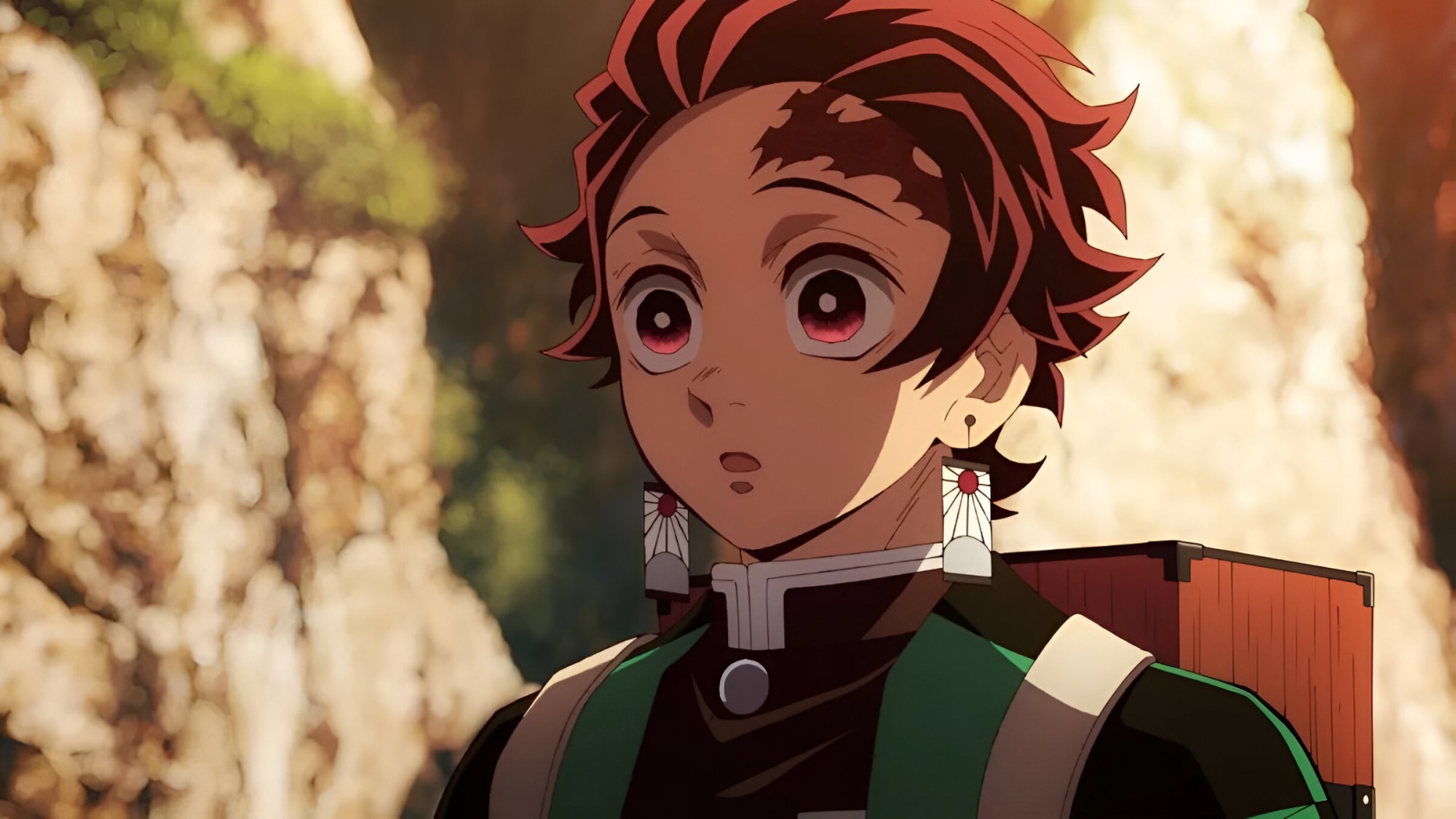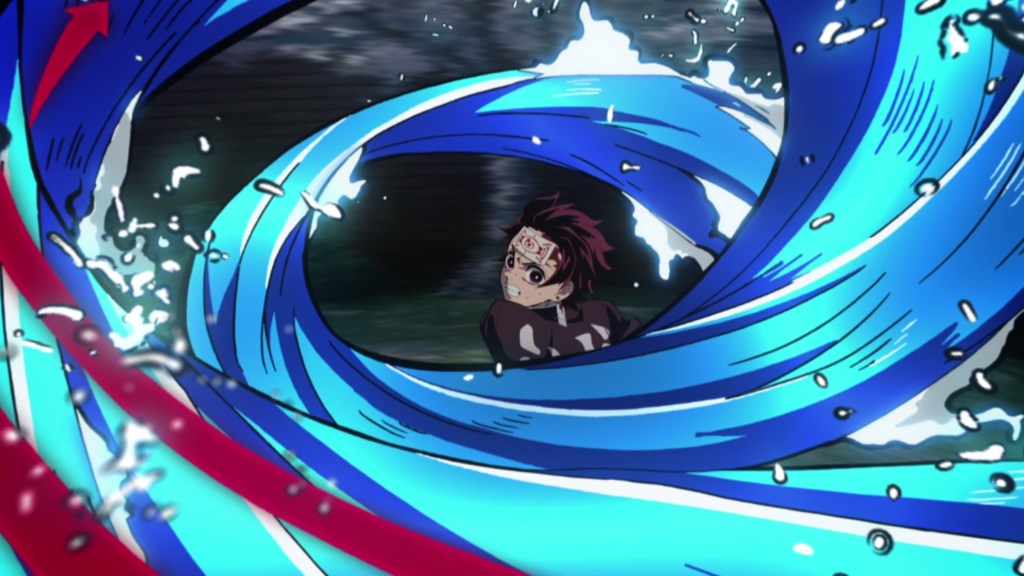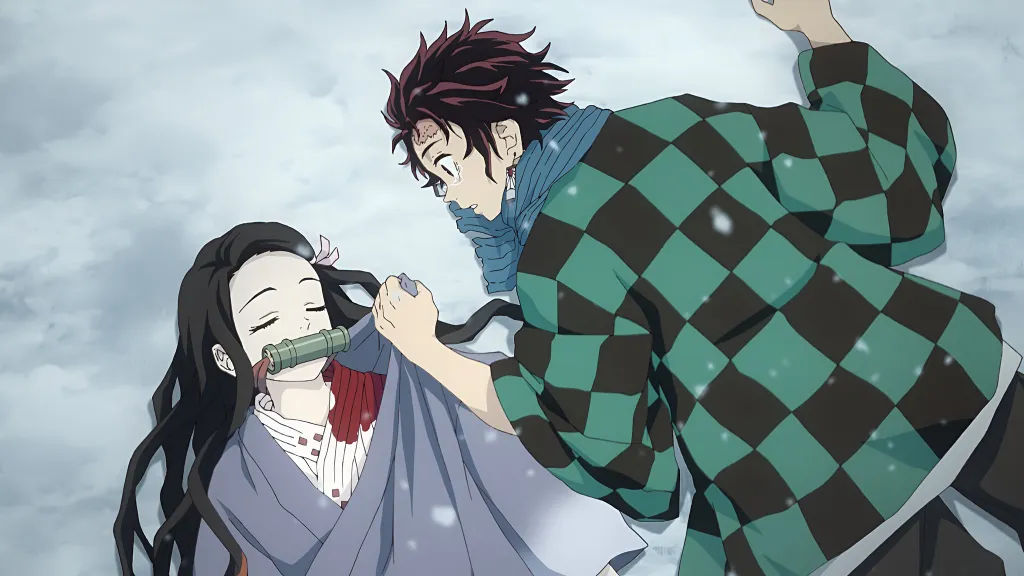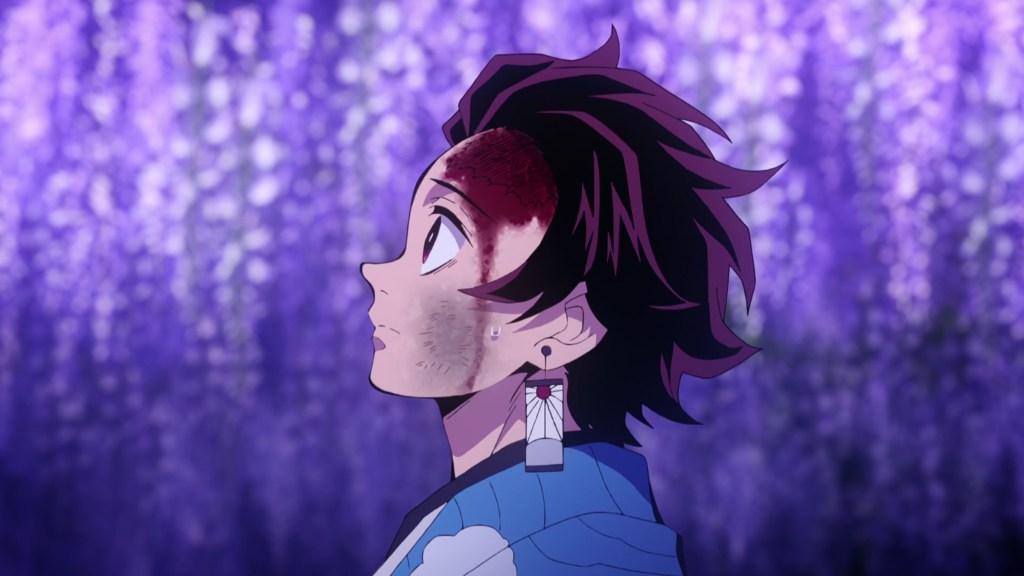
Even five years after the manga’s ending, Demon Slayer’s popularity continues to grow, thanks to the anime adaptation. Ufotable is adapting the final arc in a trilogy film, and the first installment of Demon Slayer: Infinity Castle is all set for its release in U.S. theaters. The film hit the Japanese theaters on July 18th, 2025, and has shattered several box office records ever since. It’s also expected to show impressive results in the international theaters, especially after it sets a record for anime advance ticket sales in North America and Canada. While the series has a massive global fanbase, the series is much more loved domestically, which would explain the groundbreaking box office records as well as the consistent promotions that have taken over the country for several weeks.
Whether it’s the stellar animation, heartbreaking character backstories, or thrilling sword fights, Demon Slayer has a lot to offer, but its biggest appeal lies in the thanks to the beautiful representation of Japanese culture and mythologies. Unfortunately, a lot of these references are overlooked by viewers who aren’t familiar with them, and they simply enjoy the action and the story.
Demon Slayer Has Japanese Culture Woven Into Every Minor Detail

Whether it’s the Water Breathing Technique or the representation of Demons (creatures known as oni in Japanese), they have a spiritual metaphor in Shinto and Buddhist cultures. Water is a purifying force, and it’s used in many purification rites. The notion is to purify the souls of the demons before they go into the afterlife. Likewise, each character’s Breathing Technique carries a much deeper meaning. Additionally, the portrayal of demons resonates with the Buddhist concept of attachments and desires leading to suffering.
Many of the demons transitioned from their former selves by choice because they were attached to life. For example, Rui, the Lower Moon Five, and Tamayo chose to become demons, but they didn’t want to succumb to their illness. They eventually regretted their decision after killing several innocent souls and went into the afterlife. However, cultural immersion in the series isn’t simply limited to spiritual metaphors, but it seeps into the very essence of the characters’ daily lives and their surroundings.

The show pays careful attention to historical details, especially since it’s set in the Taisho era, when the country was actively undergoing modernization and experiencing significant cultural and economic shifts. A famous example would be Tanjiro’s checkered green-and-black haori, which is more of a cultural nod than a stylistic choice. The pattern symbolizes his values of prosperity, longevity, and connection, drawing from the traditional Japanese ichimatsu pattern, which has carried these associations for centuries.
Additionally, Nezuko’s pink hemp-leaf patterned kimono represents growth and resilience, which is perfect for a character who continues to grow in the entire story as she becomes powerful to protect those around her while retaining her humanity. There are a number of such examples that prove over and over again that the show doesn’t just borrow from tradition; it integrates folklore, spirituality, history, and aesthetics into its essence.
Demon Slayer Is Hated For All the Wrong Reasons

While the series enjoys immense popularity among fans, it also faces global criticism for being “carried by animation” or having a simple story. As one of the most beautifully animated series, Ufotable plays a major role in making it more pleasant for the audience. But the studio also captures the true essence of the story, and not to mention that anime are generally considered more enjoyable than reading a black-and-white manga, no matter how beautiful the art may be.
As for having a straightforward storyline, though the series does contain layers of complexity, it isn’t as intricate as some viewers might expect or desire. While liking or disliking is completely based on personal preferences, most of the hate is on a surface level, where global viewers overlook the hidden meanings and the attention to detail in every part of the story. A lot of the cultural nuances are also lost in translation, which happens in other series as well, including Gege Akutami’s Jujutsu Kaisen. Demon Slayer offers everything that a battle Shonen should, and oftentimes exceeds expectations.
Is there any cultural reference you’re particularly fond of? Let us know in the comments below!